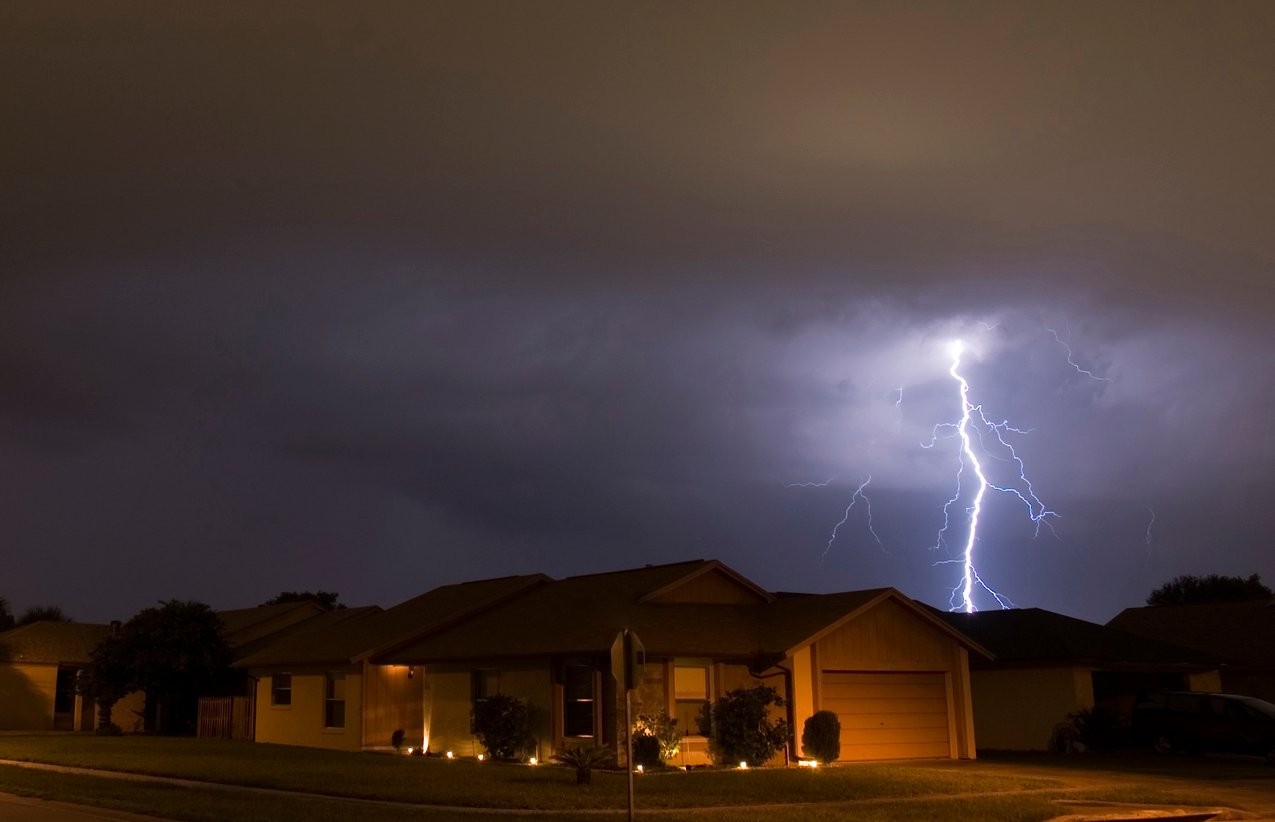How to apply for a California FAIR Plan Policy?
Applying for the California FAIR Plan policy is fairly easy. But it is not similar to getting a traditional home insurance policy. Here’s how you do it:
1. Search for a credible provider
While the California FAIR plan can be purchased directly from the FAIR plan’s website, you can also apply for it through a registered and licensed broker in the state. It is to be noted that brokers DO NOT collect a fee when selling FAIR plan insurance policies as they do with standard home policies.
2. Determine your eligibility
Simply owning a home in California will not make you eligible for the FAIR plan policy. Your broker will conduct a thorough examination of data before qualifying you for the FAIR plan policy. They want to make sure you don't qualify for traditional coverage before proceeding with the FAIR Plan application.
3. Fill in the application form
In case you are working with a broker, they will help you fill in the application form by guiding you in choosing a suitable amount of coverage and endorsements as well as calculating a fair market value of your home. Once the application is completed, you will receive an instant quote rate. You need to note that if you apply for a FAIR plan without a broker, you will not be able to get an immediate price estimate.
4. Schedule a home inspection
A home inspection may be scheduled by a representative from the FAIR Plan to better understand your home’s insurability. For instance, if your home is located in an area highly susceptible to wildfires, then it may impact the amount of coverage you may receive.
5. Pay the first month’s premium
After your application has been approved, pay your first premium and you're covered!






